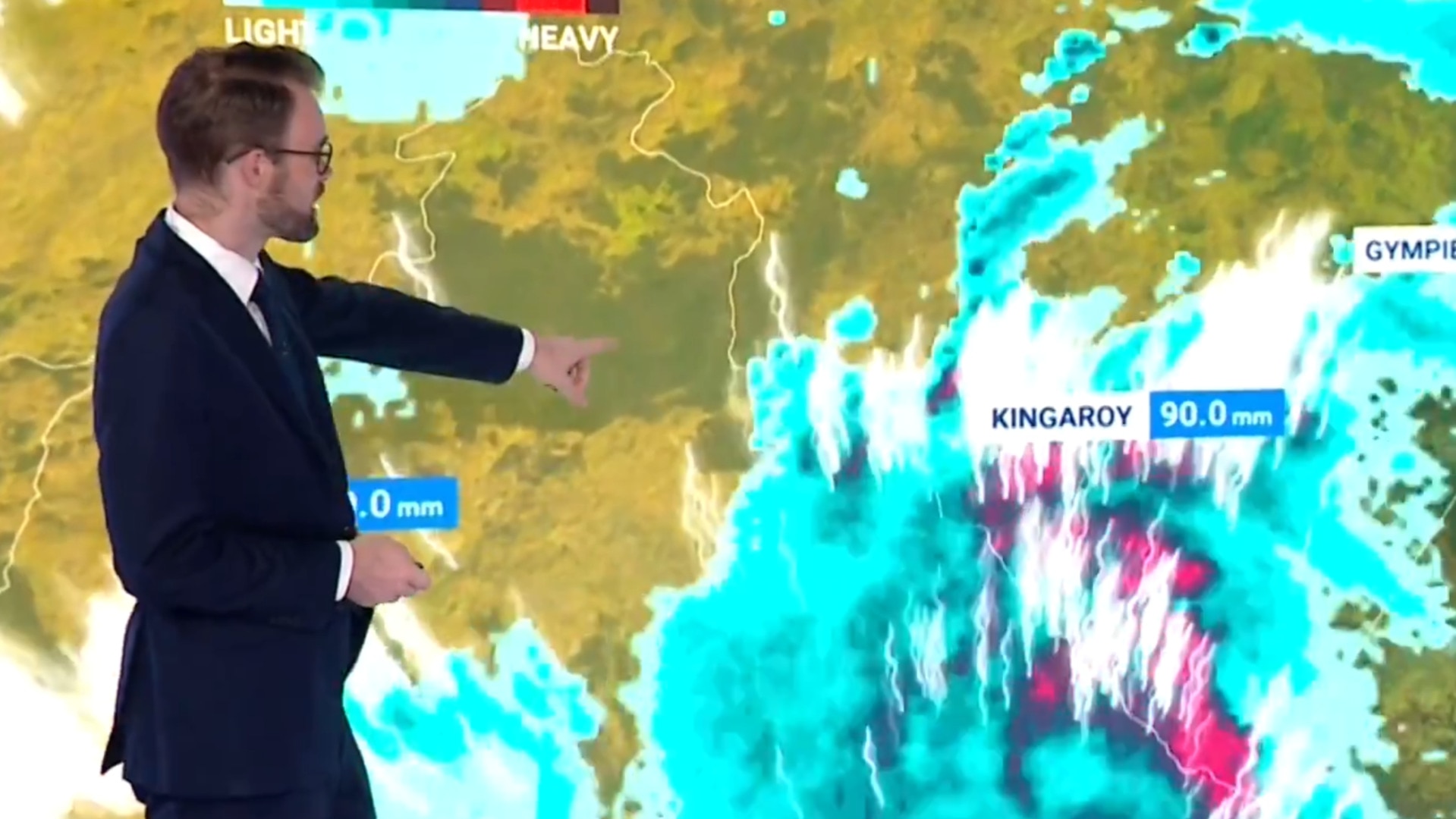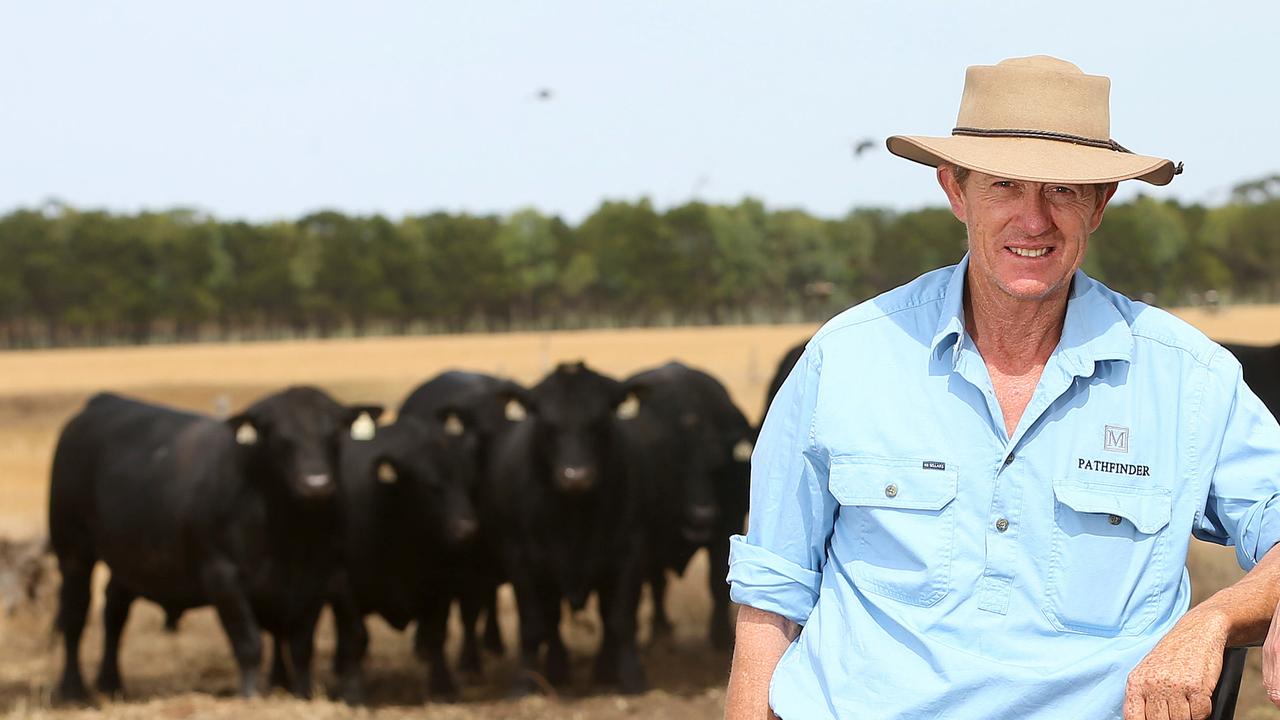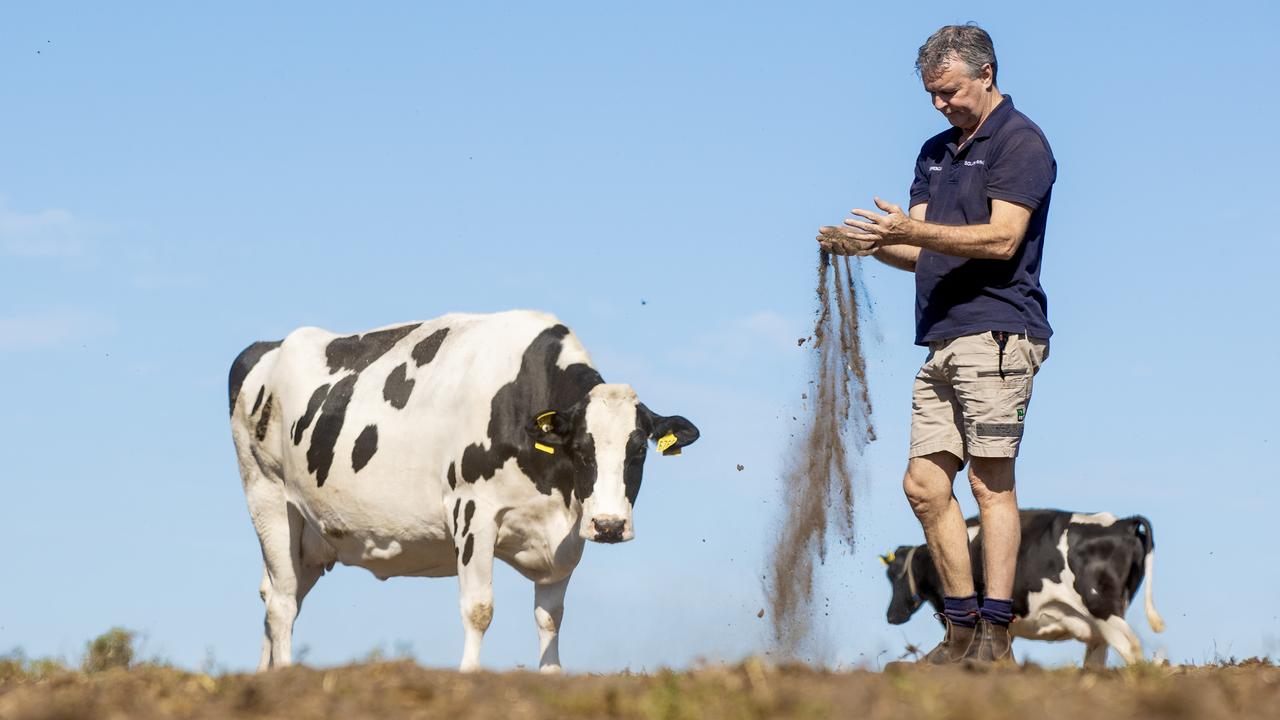Australia’s wettest and driest towns of 2024
A clear distinction arose between a wet north and a dry south in 2024. See the rainfall totals of 196 stations across the country.

Farmers in southern Australia were on the receiving end of a seasonal slap during 2024 as those in the north benefited froma wetter-than-average year.
An analysis of rainfall data from almost 200 Bureau of Meteorology weather stations across Australia showed a clear distinctionin seasons between north and south during the year, as both floods and drought ravaged several states.
Of the 196 weather stations analysed, 99 posted an average or wetter-than-average year and 154 recorded at least 80 per centof its average total.
Three of the top four wetter-than-average were in the Northern Territory, with Victoria River Downs Station topping the chartswith 1513mm of rain – more than double its 667mm average – followed by Tennant Creek with 1036mm, representing 222 per centof its average, and Daly Waters (1354mm or 200 per cent of its average).
Victoria River Downs is owned by Holmes a Court’s Heytesbury Pastoral Company and runs 100,000 cattle. It had an extremelywet start to the year, measuring 654mm of rain during January, 191mm in February and 354mm during March.
Other northern centres to record a significantly wetter-than-average year included Tibooburra in NSW, with 348mm or 191 percent of its average, Camooweal in Queensland (762mm or 190 per cent), Halls Creek in Western Australia (1034mm or 181 percent) and Queensland’s Birdsville (236mm or 180 per cent), Charleville (858mm or 176 per cent) and Cunnamulla (633mm or 170per cent).
Farmer Angie Nisbet, from Longreach in Queensland, said she recorded 431mm of rain on her property and there were “a lot ofgaps to fill in” in regards to the season.
“We’ve had some rain around our area, but it’s been very isolated and 40km up the road definitely hasn’t had the rain we’vehad and looks pretty desperate.”
They had strong bouts of rain in November and December which “pulled us out of a tight spot”.
Best falls in southern Australia were in NSW with Condobolin recording 647mm for the year, or 161 per cent of its average,West Wyalong 695mm (156 per cent) and Forbes 765mm (155 per cent).
The season further south could best be described as patchy, with drought conditions recorded in Victoria, South Australia,Tasmania and Western Australia during the year. South Australia took the biggest hit, accounting for nine of the 10 driestcentres compared to their averages. Ceduna recorded just 133mm of rain for the year, representing 45 per cent of its average,while Murray Bridge picked up 182mm (52 per cent), Clare 288mm (53 per cent) and Eudunda 242mm (54 per cent).
In Victoria, Shepparton (526mm), Kerang (403mm) and Wangaratta (648mm) fared the best against their long-term averages of433mm, 372mm and 605mm respectively. Ballarat was Victoria’s driest centre, with 442mm accounting for 64 per cent of its annualtotal, followed by Stawell (339mm or 72 per cent) and Horsham (266mm or 73 per cent).
The southwest of the state struggled to regain footing after the driest start to the region on record. Bill Lambert from Paschendalesaid he received 512mm for the year, down from 688mm in 2023.
“We generally should be around 700-750mm per year. We had a lack of grass, no runoff at all. A lot of people in this areaare going to struggle for water in autumn. The last month has been all right. We had a thunderstorm at the end of Octoberthat allowed us to cut some hay … (but) it was pretty ordinary up to that.”
In Western Australia, the season staged a fairly remarkable comeback after drought conditions earlier in the year. Busselton,which had recorded just 1mm up until the start of May, then beat its long-term average by almost 50mm.
In the Wheatbelt, Keith Ladyman said 2024 was a year of extremes.




